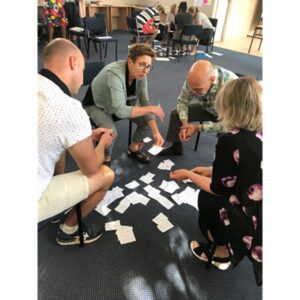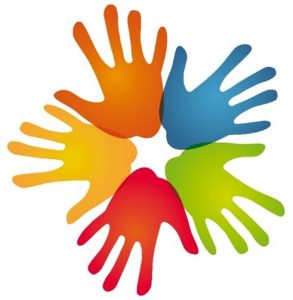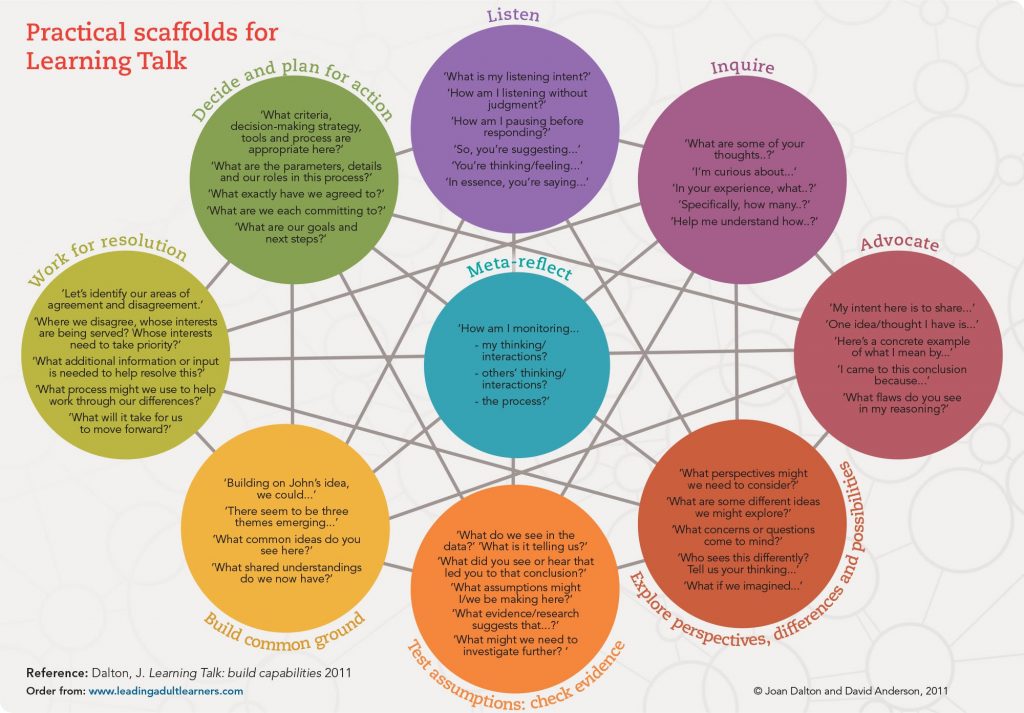The importance of creating a learning culture
By Deirdre McCracken on August 2, 2021 in Leadership
Educational leaders know the importance of creating a learning culture and building a sense of community within their ECE centres, schools, Kāhui Ako and organisations.

Cromwell Leading Adult Learning to Improve Learning for All 2020
Through our work with various leadership teams, we have been reflecting on what it takes to do this. At Evaluation Associates | Te Huinga Kākākura Mātauranga we value our partnership with Joan Dalton and would like to share some of our collective thinking around what leaders can focus on when building highly effective learning cultures.
“Amidst often overwhelming pressures, societal demands and ever-changing system mandates, building a learning-focused, collaborative culture is not an ‘extra’ – it is fundamental to helping people deal effectively with challenge, and to growing the personal and collective leadership and learning so essential to achieving their core purpose.”
Learning Culture for Learning Impact Joan Dalton, Page ix, 2020
Communities form for a purpose and that purpose needs to be powerfully irresistible, very clear and something everyone understands and agrees to. When any one of these things is missing it leads to a lack of commitment to what the team is trying to achieve, little urgency and no sense of collective responsibility to achieve the goal. In education, our community purpose is clear… cause learning! As leaders, our purpose is to lead the learning for all those in our learning community.
In Joan’s new book, Learning Culture for Learning Impact, she highlights five essential components to creating a learning culture:
Firstly, create a learning-focused environment where community members feel safe to support and challenge each other, add to each other’s continuous professional growth, and hold each other to account to be the best they can be.

Joan outlines the following guidelines for establishing the physical environment for learning.
“The physical and visual environment you create strongly reflects what is valued and considered important in your school or workplace. If your core purpose is learning, then the environment ought to reflect that for both student and adult learners alike.
We pay a lot of attention to the design of our physical learning environments for student learners. We need to pay equal attention to the physical learning environment for adults. The four strategies here will assist you to do that.
Understand ‘One percenters’ at work
Clarify your purpose
Help others understand why
Include physical movement for learning purposes” (Dalton 2020 p.11)
Secondly, improve levels of trust and learning connectedness by engaging in learning processes that uncover what is important to team members. Questions like those that follow help with this:
“What do you bring to contribute to our team?
What do you need from our team?
What is the difference we want to make by working together?” (Dalton 2020 p.34)
Thirdly, establish your purpose and identify who will do what so the community can actively work together to achieve their collective purpose.
Co-constructing your core purpose and shared goals allows your team to then explore what it means for the actual work your team is doing and establish actions to achieve those goals.
It is a good idea to enable your team to reflect on the core purpose and do some thinking ahead of the goal setting hui. Invite your team to think about…
“If this is why we are here, then:
What is the work we are here to do?
Where do we need to focus our energies?
What outcomes do we want from our work together?” (Dalton 2020 p.42)
Fourthly, co-construct agreed ways of working to build shared understandings and explicit agreements about how we treat each other and use these agreements to maintain a strong learning-focused culture.
“The value of any agreement lies in how it is used; agreements and protocols are only as effective as how you use them. Transparency, common understandings and specificity are keys to success.
Working with your team to regularly revisit, reflect, check agreements and hold people accountable are what keep these agreements alive to positively impact on people in your workplace. The strategies that follow show you some practical ways to do this.
Foster personal and collective responsibility
Regularly reflect and revisit norms
Use norms to hold people accountable” (Dalton 2020 p.69)
And finally, develop and use learning conversations to build capabilities to engage in skillful, robust conversations for positive learning impact.

Image source: Joan Dalton. https://www.leadingadultlearners.com/blogs/articles/practising-learning-talk-skills-a-practical-gift
Why are these five components so essential?
Because…
… the environment you intentionally create impacts on learning of your community members.
… trust underpins and impacts on the quality of the relationship between community members.
… a shared clear purpose drives our collective mahi.
… how we interact impacts on the strength of commitment to cause learning.
… words do matter and deliberate crafting of how we speak to one another empowers everyone in the community.
And to demonstrate the impact creating a learning culture can have, here is what one leader has shared with us…
“Creating a culture of learning amongst our foundation staff was paramount to our success in establishing a new school. We were introducing new ideas, systems, protocols and practices and we needed staff buy in and ownership. Using Joans Learning to Talk books we were able to define our staff charters, establish trust and ensure we were all aware of and had buy in to the ‘WHY’ of what we were doing. As we have developed, grown and had some changes we are now focusing on defining roles and have once again found guidance on this through Joan’s new book and the current mentoring process in the Advanced course.” Rachele Poole, Tumuaki Tuarua, Te Matauru
With 2022 squarely in your sights, now is a great time to be looking ahead and making plans.
What are you reflecting on?
How might the creation or strengthening of a learning culture positively impact on what you and your team are striving to achieve?
What is going well, what needs further development, what’s missing and how do you know?
If you wish to learn more about how to develop a highly effective learning culture in your own context, we have variety of workshops on offer next year, and we can work with you directly in bespoke ways personalised for your Kāhui Ako, kura or school.
Get in touch to learn about developing a learning culture in your context
Other articles you might like
Educational leaders are well aware of the importance of enabling teachers to take charge of their own learning in their professional settings.
When working with school leaders and teachers to improve their coaching skills, we find there are usually a few big ‘aha’ moments.
Professional growth cycles (PGC) create an opportunity for leaders to review how teacher professional growth is promoted. Open conversations about what staff value when considering professional growth, and what further support might be appreciated to further develop their practice, are required. Such conversations can ensure PGCs are planned and created ‘with’, rather than ‘done to’ teachers.
